Interview: Denis Piccolo
Photos: Federico Ravassard
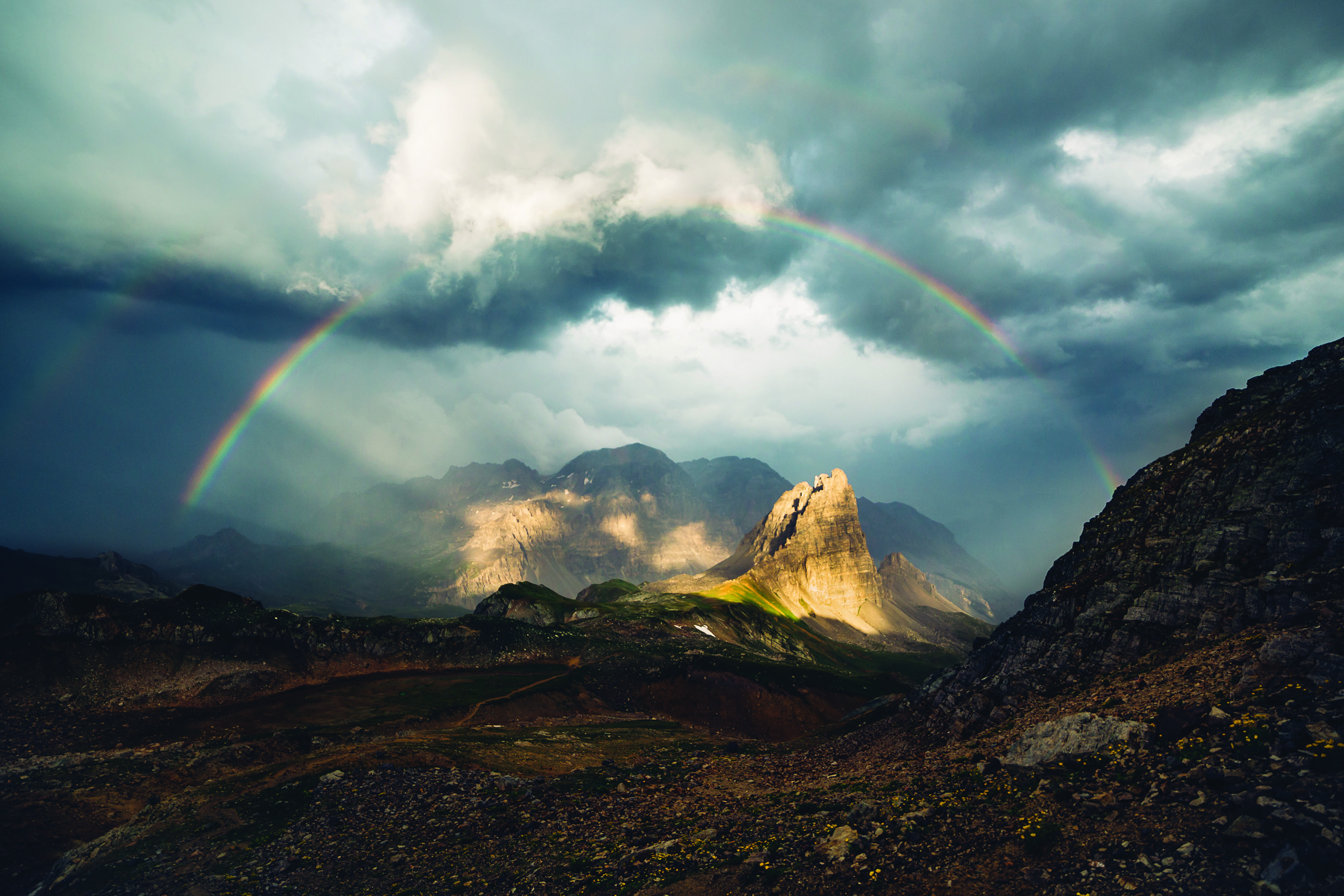
A 23 years old Italian guy even if his last name sounds French, Federico represents a new type of the modern outdoor photographer. He defines himself as a photographer, but he is also a storyteller, an adventurer, an excellent alpinist and a skier. He told us that what came first was the passion for photography, then the one for climbing and the mountain, but fortunately they ended up embracing spontaneously. He loves experimenting, he’s ironic and loves what he does. Yes, he has fun in everything he does, it may obvious but it isn’t.
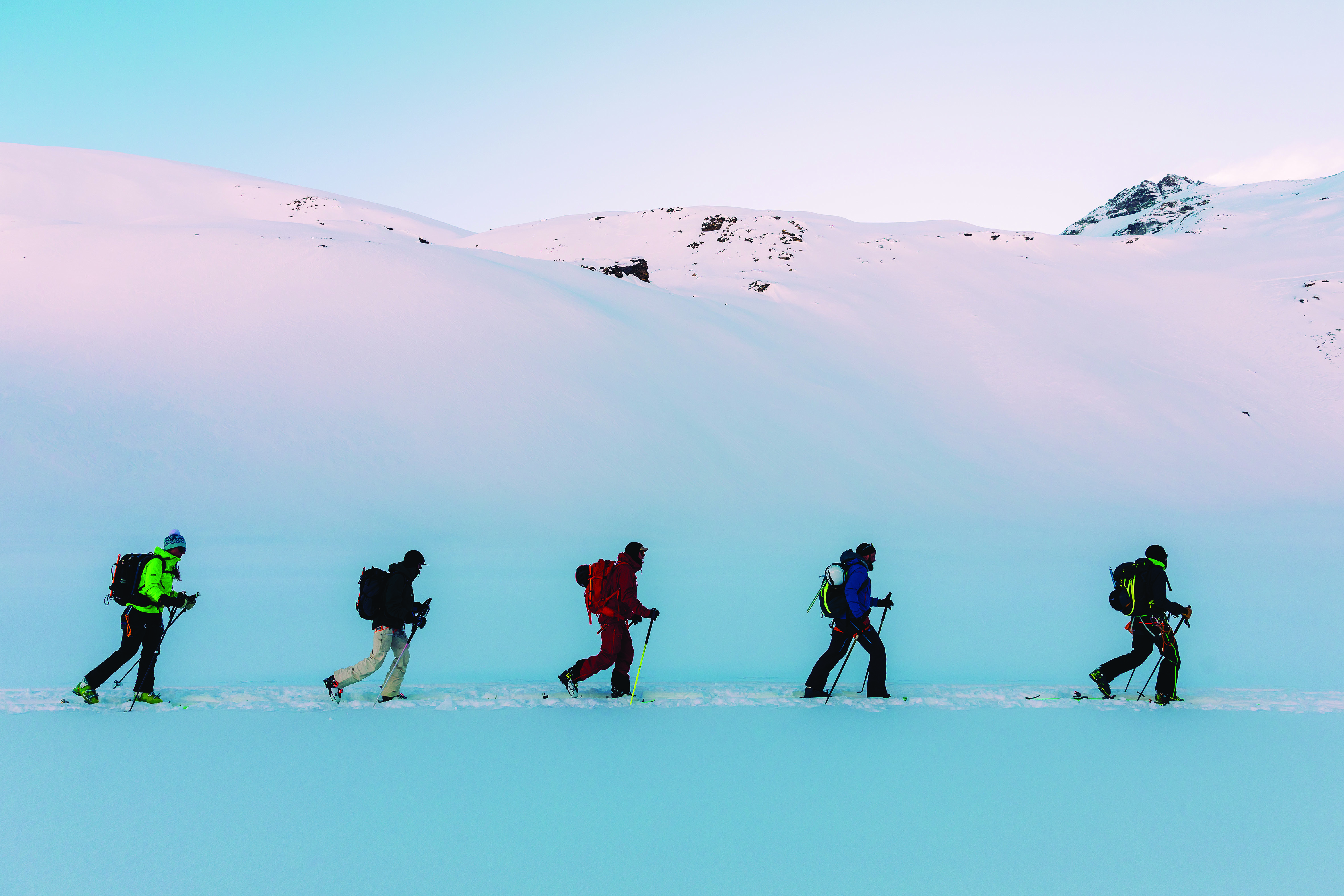
Federico, we’re at the bar counter and I don’t know you at all, tell to me something about you.
I never know how to answer to this question. I’m used to say that “I travel” for work, I take pictures, I write, climb, ski, all those things together. And in my free time I do the same!
When did you meet photography?
If I have to think about a specific moment, I’d say during a trip with my family to the parks of the west coast of the United States. My parents gave me a digital compact camera for my eighth grade, and in those incredible places getting a good photo was not that difficult. That maybe was the moment when my passion began.
What came first: passion for photography or for the mountains?
During high school I began to seriously get into photography, and I happened to do some small photos related works at some friends’ parties at the disco. I was in that phase when you really shoot anything, without really knowing what to do. Portraits, landscapes, clumsy street attempts. Then I stopped practicing tennis and alpine skiing and started climbing and ski mountaineering, and little by little the two things – mountains and photography – met and became indissoluble. Today, climbing or hiking without taking at least one picture, even with my smartphone, seems to me a terrible sin.
What emotions do mountains and nature give you in general?
A lot. Sometimes there is the elusive magic of sunsets and sunrises, while other times I love the struggle of very long hikes. Or the surprise of finding wonderful places I had never been to, or the wonder of finding exceptional snow conditions or a particular wall. Then, an essential element for me, is the beauty of the people there: in the mountains you meet really many people who, despite being linked by a common passion, on everything else can be very different from each other, but always very open minded and interesting.
“Sometimes there is the elusive magic of sunsets and sunrises, while other times I love the struggle of very long hikes. Or the surprise of finding wonderful places I had never been to, or the wonder of finding exceptional snow conditions or a particular wall. Then, an essential element for me, is the beauty of the people there: in the mountains you meet really many people who, despite being linked by a common passion, on everything else can be very different from each other, but always very open minded and interesting.”
How important is it for an outdoor photographer to know how to move well in the mountains?
I really like going to the mountains on my own, so in the end I have a pretty good level in everything I do. I think it is very important to know how to deal with it autonomously, both because this way you can concentrate more on the photographic part, and because this creates a good relationship with the subjects you are going to shoot. The photographer should be first of all a good companion, not a burden for the success of the excursion.
You are very young, you have not lived the film photography era. But every now and you shoot on film. Why? Is it just something cool or is there something more?
In addition to the color rendering of the film, which I love, I find it a very sincere way to shoot: you can not rely too much on post production, or even on the burst, while today it seems that the combo “shooting a lot of photos + plenty of filters” is the right way to be cool. At the same time, I find it detoxifying: I work every month on thousands of raw files, which then end up somewhere on my hard disk. With the film, however, I can focus on 24, or 36 photos at the most, few but good. Being so few, compared to the digital, you give them much more value and you go through them with a smile. And then I shoot on film because I like a lot the idea of having a physical form of my work, rather than just a virtual file.
You’ve been to some incredible places recently, can you quickly tell me where you went?
This year I spent a month in Peru where, with Enrico Mosetti and Davide Limongi, two Friulian friends of mine (and great skiers too), we tried to ski on some little known peaks in the Cuzco area. It was my very first expedition, and we had to deal with very little information about the places and with mountains above 5000 meters. It was definitely a good experience. Then, every now and then, there are continuous getaways to climb and ski. I’ve been to Spain, several areas of the Western Alps and a few visits on the eastern ones, a bit of Italy, even if then among the places I prefer there are two areas relatively close to home: the Valle dell’Orco and the peaks of the Ecrins , both very wild and less frequented than some more famous mountains such as the Mont Blanc and the Dolomites.
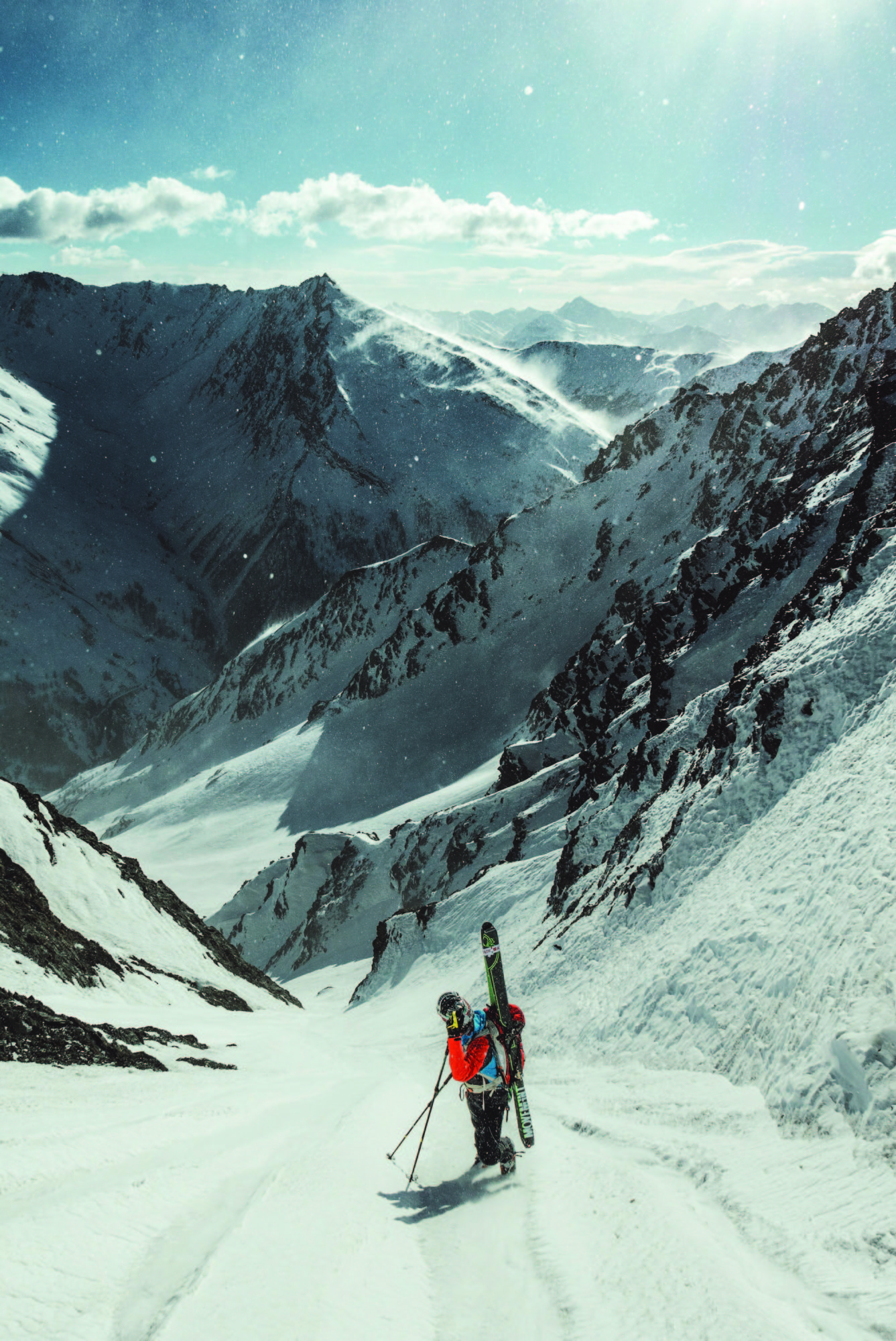
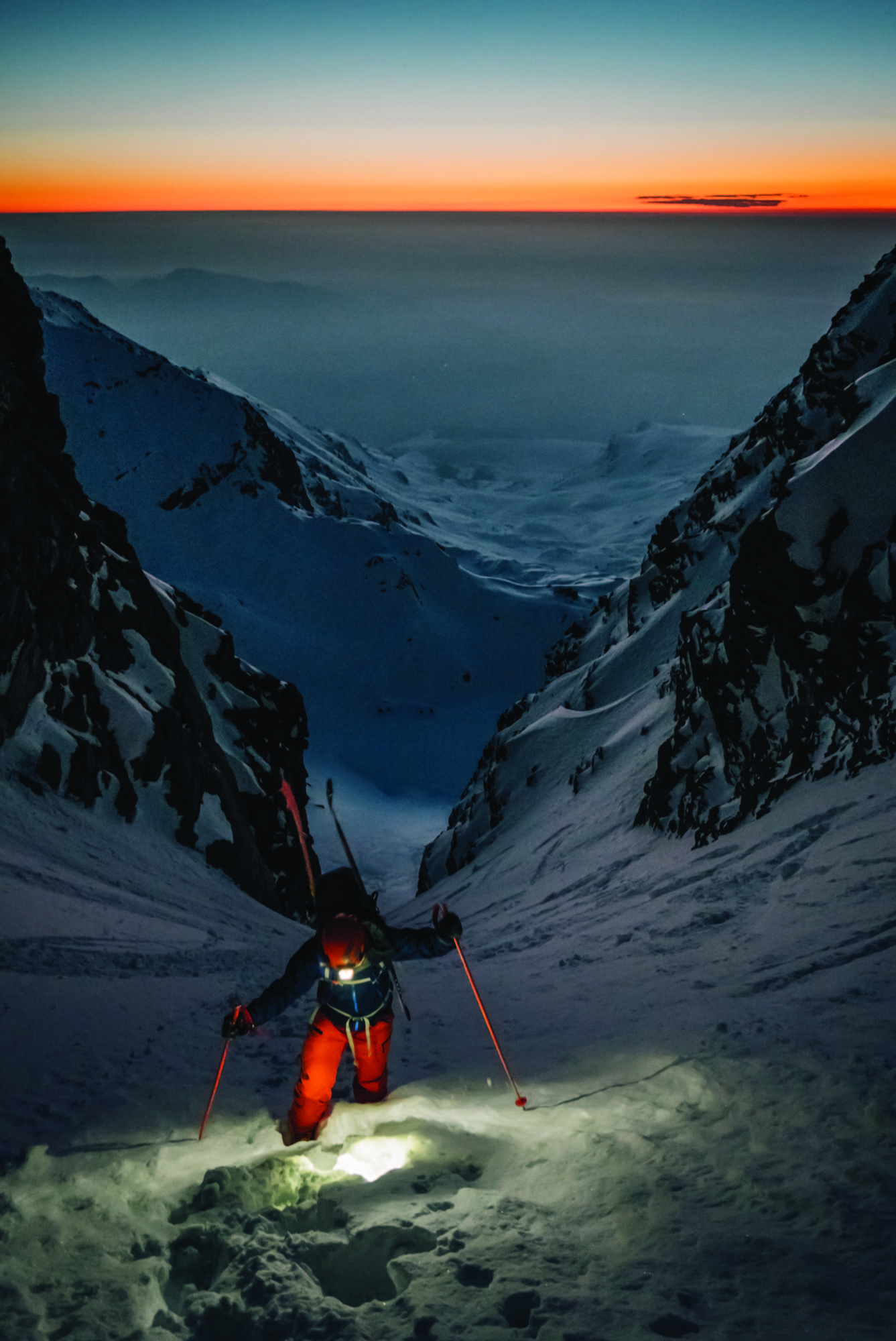
Where will you go in the near future?
At the end February I’m going in the northern part of Norway, to ski and take photos. Then who knows. Sometimes I read articles about Caucasus and Balkan countries, we’ll see!
What’s inside your backpack when shooting in the mountains?
It depends on what I’m going to shoot. Sometimes I have too much mountaineering gears and I really can not bring extra lenses and heavy backpacks; other times, on the other hand, if the excursion is simple I can bring a lot of extra gears on my back. Surely there are always extra clothes, light gloves, at least one battery and something to eat.
Where do you take inspiration for your shots and your style?
I have many sources of inspiration. Instagram is one of these, even if I take it in small doses because in the long run you get used to a very homogenized esthetics, in which tendencies change only occasionally. Just think of the classic image of Lake Braies, for me that thing is the death of photographic research. For the rest, I go as much as possible to exhibitions and I try to read books on the subject, I really like the interviews with the single artist. I think that in general we must strive to observe and get to know as many photos as possible, even from different genres.
Who are your favorite photographers?
There are many. Some of them are able to move from sport to documentary, such as Jonas Bendiksen or Christoph Jorda. I like those who shoot clean: simple photos in the form and post production, but at the same time full of messages inside. In the outdoor world there are three people that I like very much from this point of view and are Jeff Johnson, Alex Strohl and Sterling Lorence. Then there are other photographers who apparently have nothing to do with what I do, I try to study their style to apply it in other areas. All the Magnum crew (Koudelka, Goldberg, Majoli and many others which are very good), and others who work on very special genres: to give you an example, I love the underwater photography of Anuar Patjane, the female portraits of Tim Swallow and the landscapes of Reuben Wu .

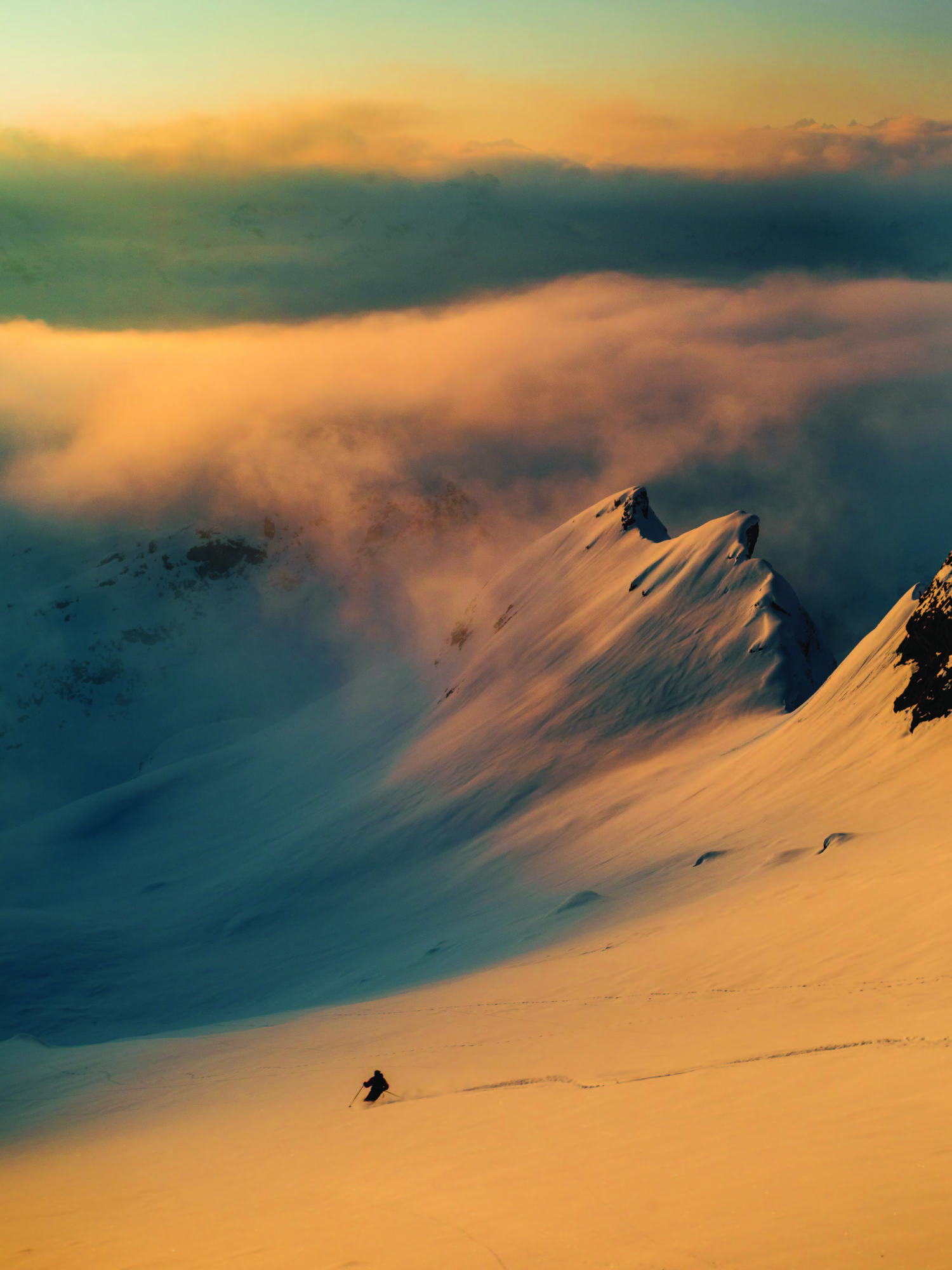
“For me it is important that from a shot a fact or an emotion can clearly emerge, otherwise what you obtain is not a picture, but only a beautiful postcard. In the same way, I prefer work on journalistic and documentary projects rather than on commercials. If you find the right lever, which is an action that has to do with the sensitivity of the observer, you can show many pieces of stories that deserve to be put in place to be told.”
You are a good storyteller. How important is it to know how to tell a story even when shooting?
For me it is important that from a shot a fact or an emotion can clearly emerge, otherwise what you obtain is not a picture, but only a beautiful postcard. In the same way, I prefer work on journalistic and documentary projects rather than on commercials. If you find the right lever, which is an action that has to do with the sensitivity of the observer, you can show many pieces of stories that deserve to be put in place to be told. I studied Transmedia and Digital Storytelling at the Holden School in Turin and, although apparently with photography does not seem to have much in common, I think it was useful to better understand the value and the rules of certain languages, which now in a world hyperconnected with social networks can not be overlooked.
There is a strong current of young photographers in the outdoor world, how do you explain this trend?
I think this growth is due, in part, to the boom of outdoor disciplines in general, but also to social networks: for example, on Instagram certain photo genres have been democratized and made known to the mass, just think of the work of Chris Burkard, a photographer who until a few years ago would have known only by fans willing to buy a paper magazine. In the same way, with digital it is objectively easier to be able to grow quickly on a technical level, where with the analogical you would have need years of practice. Now if a guy is passionate he can get good results in a short time.
Do you get a different feeling when you see one of your photos on a digital support instead of when you see it printed on a magazine or on paper?
The feeling (which is positive or neutral, negative only when the photo is published without my consent) depends more than anything on who published it and where. Normally it gratifies me more to see it printed on the paper of a magazine or a national newspaper, but also to appear on the digital channels of prestigious brands and magazines, of which I may share the tastes in terms of editing, is a great satisfaction. Last year one of my ski shot was shared by National Geographic on Instagram: of course, it is not like the paper, but knowing how tight their criteria selection are it really pleased me.
I believe that both digital and paper are eternal, but in a different way. An image in digital will be forever on the web, dispersed among thousands of links. On paper it will always be on a real support, scattered somewhere in the world, who knows where, who knows who will find it. What do you think about it?
With digital you can easily reach tens of thousands of people, but they may be not always users who appreciate your work to the full. On paper, on the other hand, you can be sure of reaching a minor but certainly more attentive audience. I prefer the latter!
What are you going to do tomorrow?
I’m in Trentino in these days to follow the Alpine Ski World Cup for a specialized magazine. After so many days in the cold (by the way: despite what you might think, I’m sensitive to the cold), tomorrow I’ll enjoy one day at home in slippers, which is not so bad in the end.
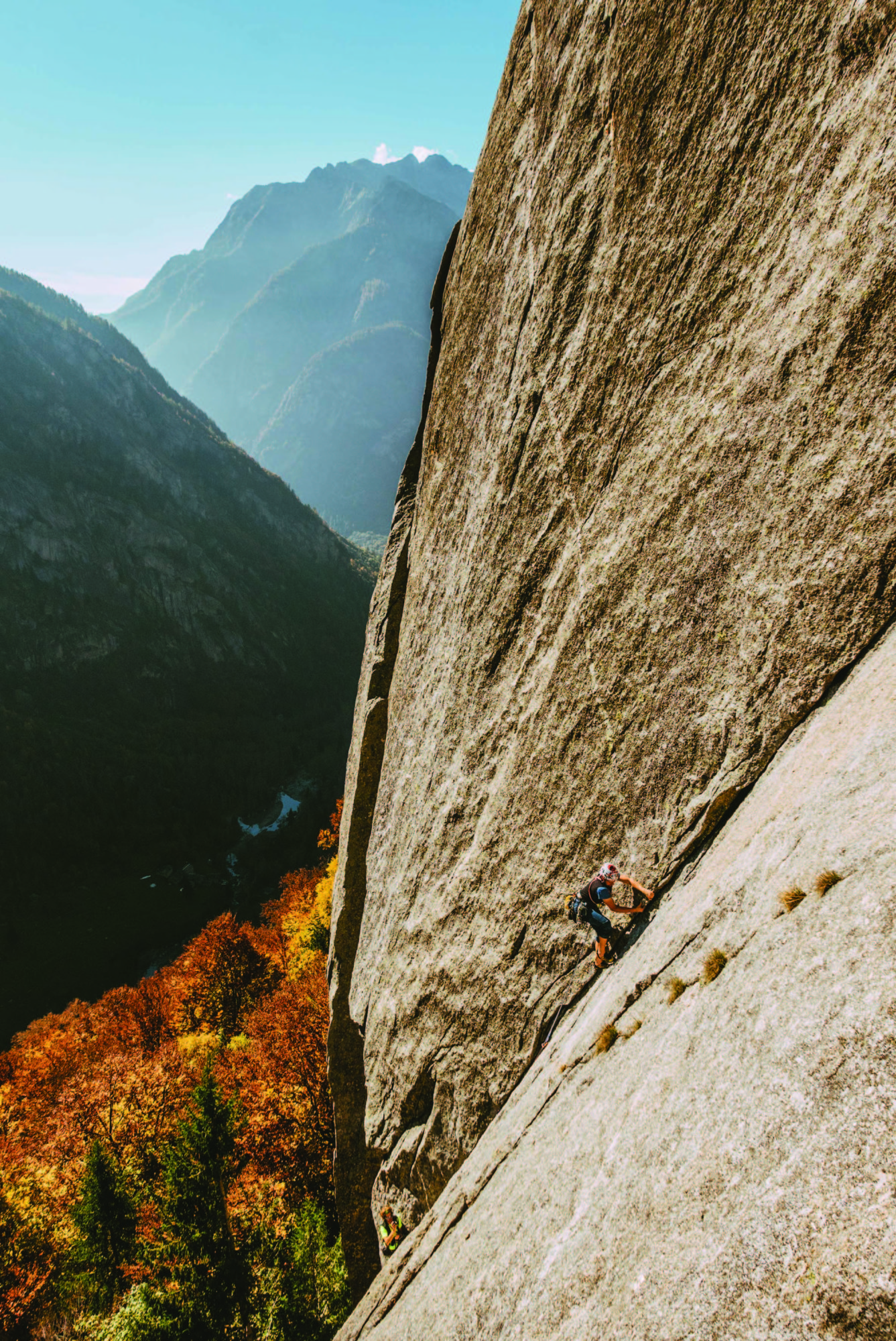
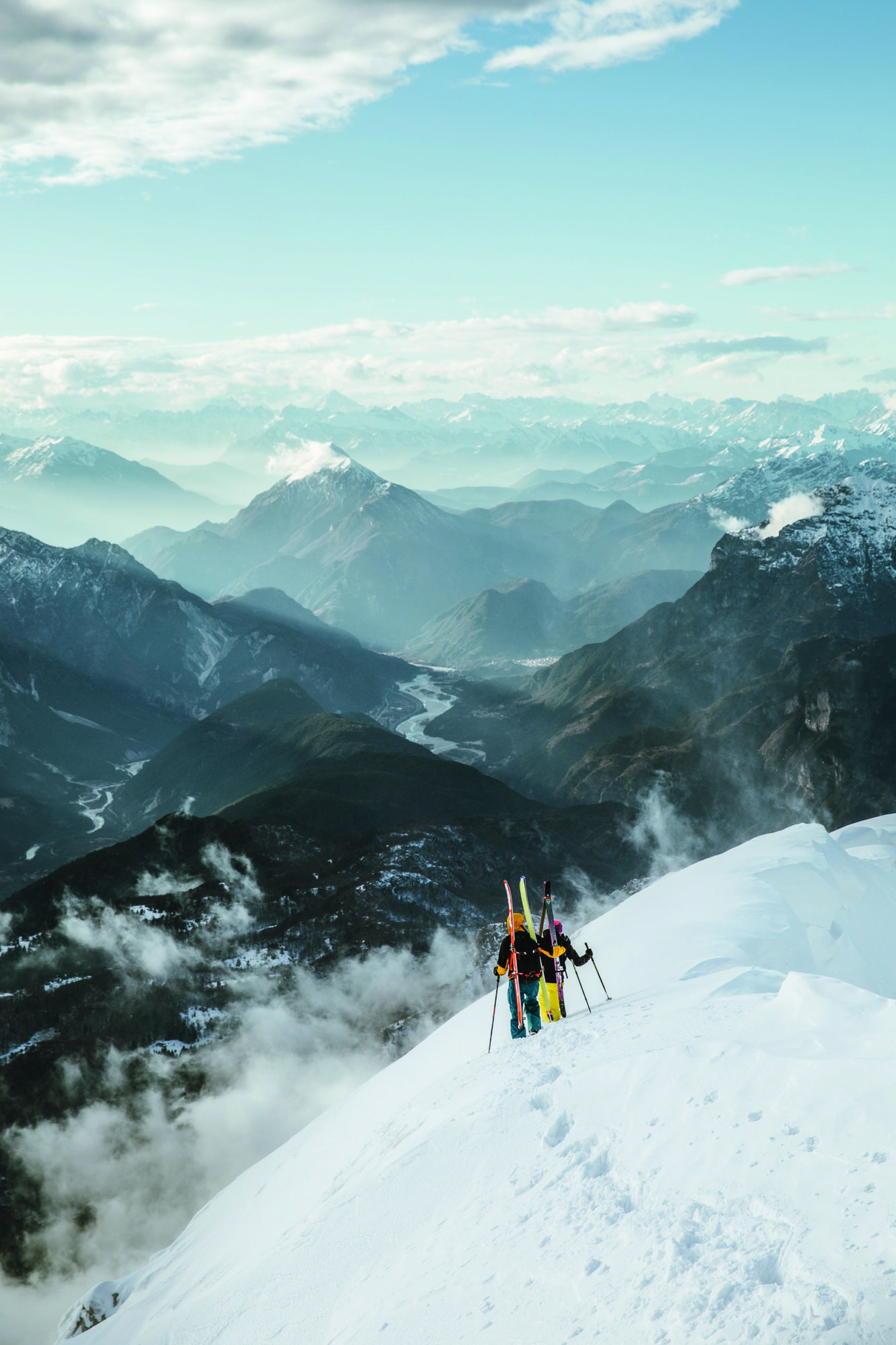

Share this Feature